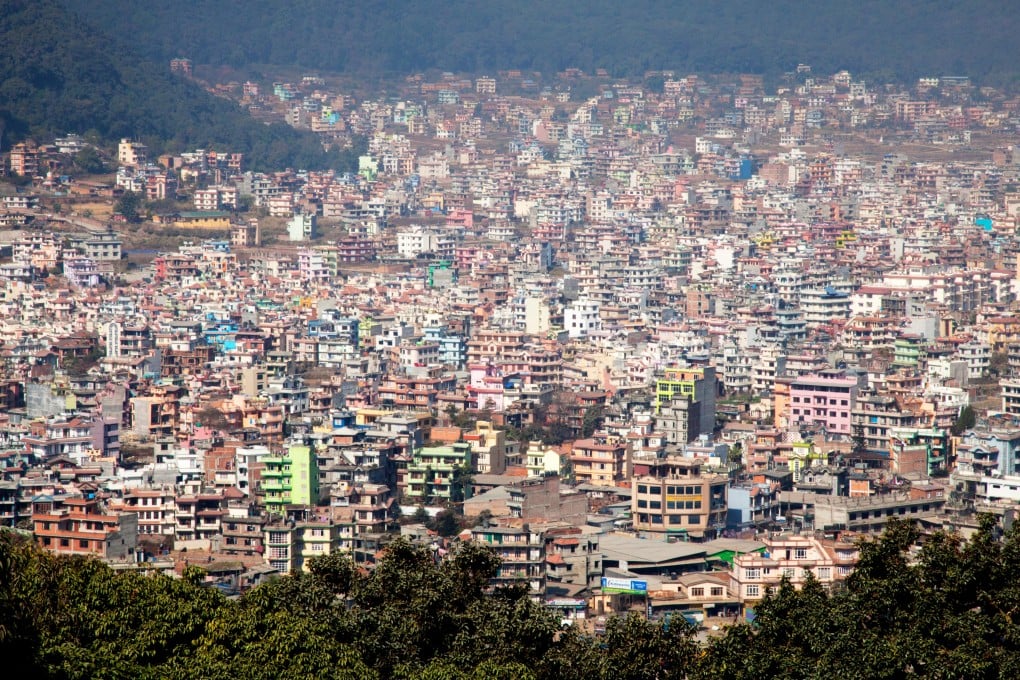The good, bad and ugly sides to a holiday in Kathmandu, Nepal
- Tourism in the Nepalese capital has bounced back from the devastation of the 2015 earthquake
- Poor air quality often ruins the views of sweeping Himalayan vistas – and don’t get too close to the cheeky monkeys

The Good
Talk about bouncing back. Kathmandu has gone from earthquake-ravaged disaster zone in 2015 to fifth in Lonely Planet’s Top 10 Cities to Visit in 2019. The tourism industry, a huge driver of the Nepalese economy, collapsed along with many of the city’s buildings but has recovered to such an extent that arrivals exceeded the one million mark for the first time in 2018. And the government has designated 2020 as Visit Nepal Year, with the aim of doubling tourist numbers.
The Kathmandu Valley is home to no fewer than seven World Heritage Sites. Until the mid-18th century, the region was divided into three kingdoms: Kathmandu, Patan and Bhaktapur, each with its own durbar, or royal square, complete with palaces, elaborately decorated temples, pagodas and pavilions. Today, colourful festivals take place where kings were once crowned and battles were fought.
To the east of the city, the village of Boudhanath is built around the largest stupa in Asia. Be sure to arrive in “Little Tibet” as early as possible and leave before raucous tour groups drown out chanting monks and the clickety-clack of prayer wheels.
Talking of stupas, hilltop Swayambhunath, aka Monkey Temple, draws pilgrims seeking spiritual merit and camera-toting tourists seeking lofty Kathmandu Valley lookout points.

Kathmandu has been a backpackers’ bottleneck since the 1950s, when overlanding hippies were drawn to the three Ks (Kabul, in Afghanistan, and Kuta Beach, in Bali, being the other two), as much for the cheap weed as any cultural considerations. Most found their way to the Thamel neighbourhood, where the flophouses cost next to nothing and the ganja was plentiful. Kathmandu remains one of the least expensive capital cities in the world and it’s still possible to find sleeping quarters for as little as HK$30.
Thamel is a mash up of rustic curry houses, pizzerias, funky bars, bakeries and ice cream parlours. Scooters splutter past, merchants holler and the whiff of incense mingles with the stench of cow dung. Trekking agencies target new arrivals while returning hikers with aching limbs head to massage parlours.
The 2017 ban on motor vehicles entering some of Thamel’s claustrophobic streets appears to be working and a new citywide law against using vehicle horns is generally being observed – no mean feat in this part of the world.
